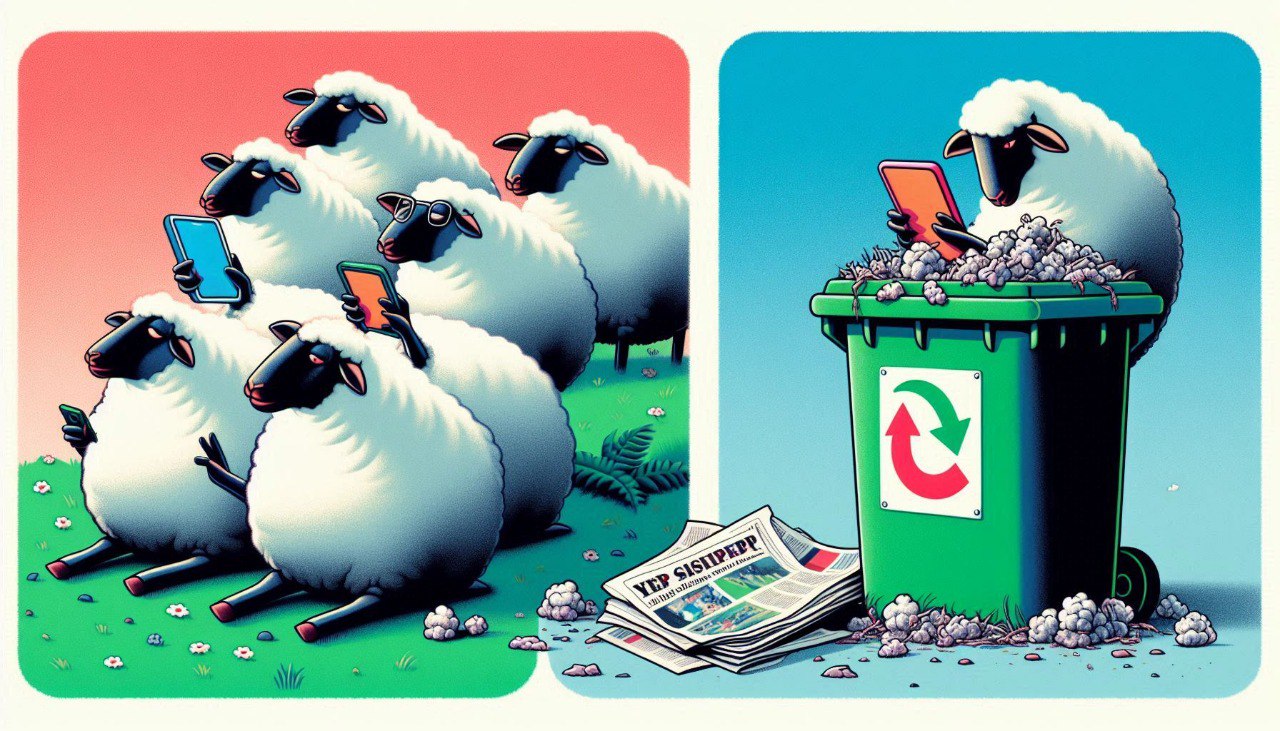
"Because in what world does it make sense that advertisers avoid premium news publishers, obsessing over "risky" headlines, yet happily throw billions at platforms with a track record of scandals, toxicity, and ethical black holes? Let's skip the full list of scandals, it would be too long anyway. We're talking about the same platforms repeatedly tied to child grooming bots, identity theft, mental health crises, racism, political disinformation... No need to name names; the headlines speak for themselves."
"Brand safety itself isn't new. It's been part of digital advertising since the very beginning, when brands first realised their ads could appear in places they'd rather not be associated with. But somewhere along the way, it became a box-ticking exercise, focused on the micro, not the macro... on adjacency, not environmental accountability. The rules policed whether ads appeared next to "risky" content, not whether platforms themselves acted ethically or safely."
Brand safety needs a fundamental rethink toward platform-level accountability and away from narrow adjacency checks. Advertisers often avoid premium news over isolated headlines while funding platforms tied to child grooming bots, identity theft, mental health harm, racism, and political disinformation. AI chat features, AI companions, and corporate culture failures have repeatedly contributed to user harm. Current brand-safety practices have become box-ticking exercises that focus on micro placement rather than environmental responsibility. Advertisers financially support entire platforms when they buy inventory, so media planning must evaluate platform behaviour, AI risk, and audience wellbeing.
Read at Exchangewire
Unable to calculate read time
Collection
[
|
...
]